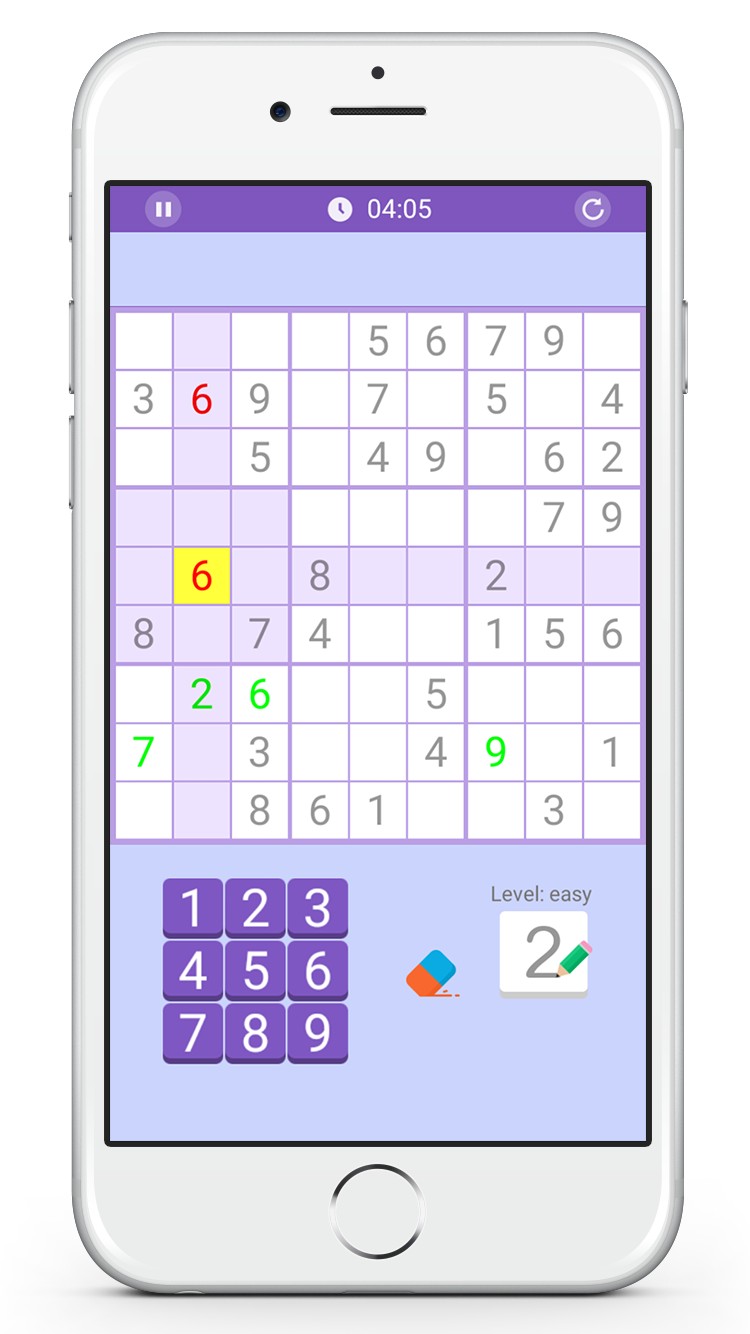


For safety-critical systems (such as railway management) it is literally a matter of life and death that we learn to use computers in ways that integrate smoothly with human perception, communication and action. Even in something so simple as a Sudoku puzzle humans use a mixture of perception, expectation, experience and logic that is just incompatible with the way a computer program would typically solve the puzzle. "Traditional computer programs are best-suited for tasks that are so well-understood they can, without much loss, be expressed in a closed, mechanical form in which all interactions or changes are ‘pre-planned’. This has shown that there were systemic problems arising from the introduction of the new technology.ĭr Steve Russ of the Empirical Modelling group at the University of Warwick said: Reports at the time sought to blame various railway personnel but by applying Empirical Modelling the researchers have created an environment in which experimenters can replay the roles of the drivers, signalmen and other personnel involved. Previously the researchers have been able to use their principles to analyse a railway accident in the Clayton Tunnel near Brighton when the telegraph was introduced in 1861. The interaction between the shifting colour squares and the logical deductions of the Sudoku puzzle solver is a good illustration of the unusual quality of this "Empirical Modelling" approach. It is of particular relevance for artificial intelligence, computer graphics, and educational technology. The interplay between logic and perception, as it relates to interactions between computers and humans is viewed as key to the building of better software. The method can be applied to other creative problems and he is exploring how this experimental modelling technique can be used in educational technology and learning. For doctoral researcher Antony Harfield it is a way of exploring how logic and perception interact using a radical approach to computing called Empirical Modelling. However the colour Sudoku is more than just a game to the University of Warwick Computer Scientists. Sudoku players can test this for themselves at: (NB page requires Flash 9) Players also can gain additional clues by changing the colour assigned to the each digit and watching the unfolding changes in the pattern of colours. If a black square is encountered then a mistake has been made. More usefully an empty square that has the same colour as a completed square must contain the same digit. This gives players major clues as darker coloured empty squares imply fewer number possibilities. The empty square's colour is the combination of the colours assigned to each possible digit. Empty squares are coloured according to which digits are possible for that square taking account of all current entries in the square's row, column and region. Squares containing a digit are coloured according to the digit's colour. Learning coloring is not in conflict with learning strategies, in fact, it makes it easier to understand them.The colour Sudoku adds another dimension to solving the puzzle by assigning a colour to each digit. Yes, if you can see a "strategy," that can be fast, but it's finding the strategy that can be time-consuming and frustrating. You do not need to be content with inferior apps.)Ĭoloring is quite efficient and reliable.
#Color sudoku app free
The free version of EasySudoku provides puzzles and allows coloring and, as well, if I'm correct, import and export. (I would not use a phone app that is worse than solving with pen and ink on paper.
#Color sudoku app Pc
Much better, on a PC at least, is Hodoku, which colors easily and efficiently. It does not directly allow coloring, but will show chains, and it is somewhat useable for coloring. If you are using an app that does not allow you to export a puzzle, or to create savepoints, you can still copy a puzzle into, say, SudokuWiki Solver. It allows coloring, though it is a big clumsy, it is usable. As a phone app, I used the ioS tool from. Since coloring can do this, I suggest learning to color.
#Color sudoku app how to
With coloring, once one learns how to use it, one can solve all the ordinary published sudoku, and the most difficult solver puzzles. "Coloring" simply means marking candidates distinctively. Advanced solving, if you look at it, always involves something like coloring. Also it'd be nice if one could click on a color & see all of that color selected on the board, the way the games with s are set up.
#Color sudoku app full
I don't always have time to play a game in full & like to finish later, but with this one it's not possible. I routinely color whenever I don't see a strategy, and because I also look at strategies, I'm learning them even as I perfect coloring processes and demonstrate how powerful they are. Also, if you leave the game & come back, it's gone. But more difficult puzzles are brought here all the time. Most puzzles (maybe 99% of those we see) are easy, requiring no advanced techniques.


 0 kommentar(er)
0 kommentar(er)
